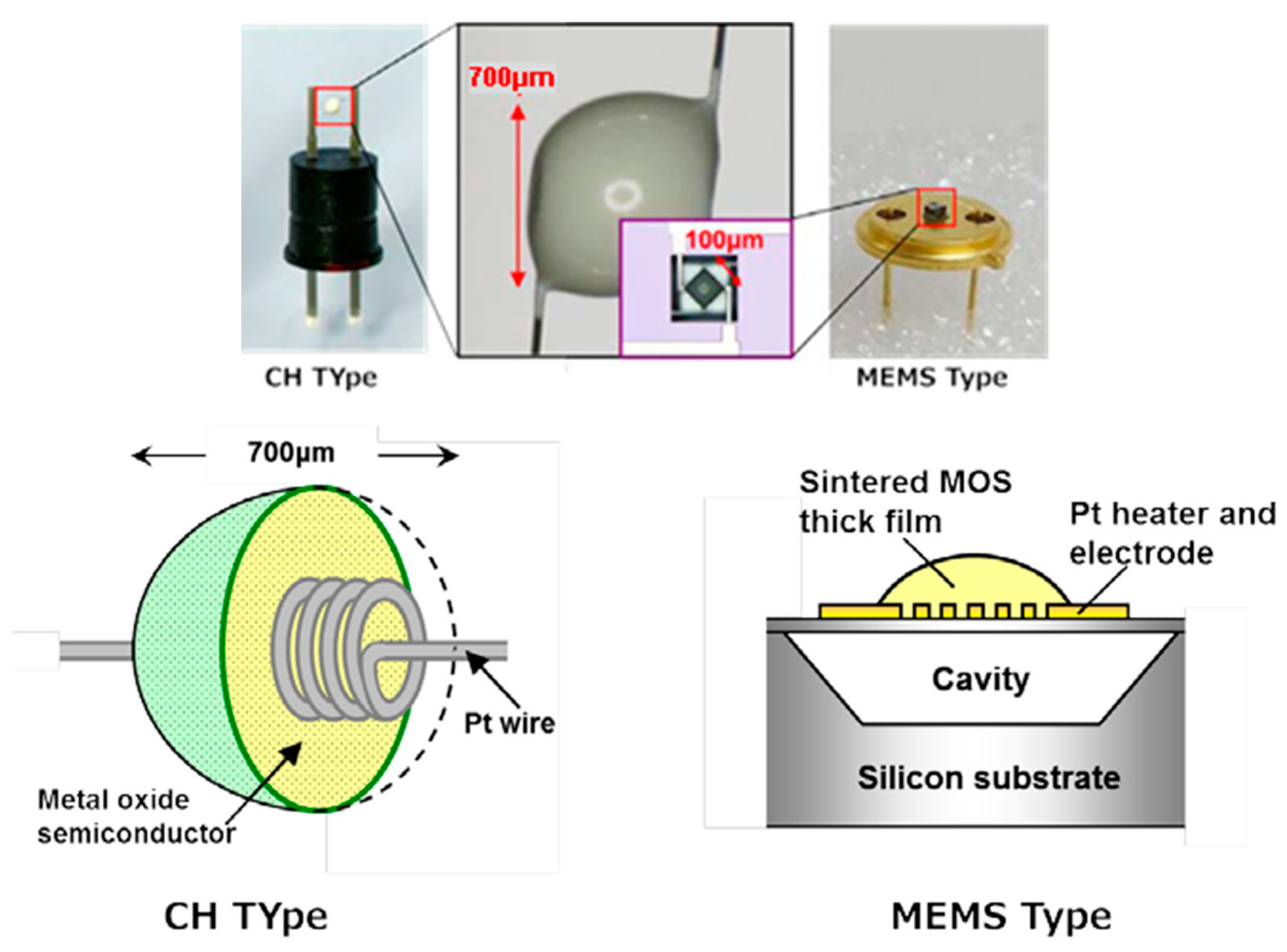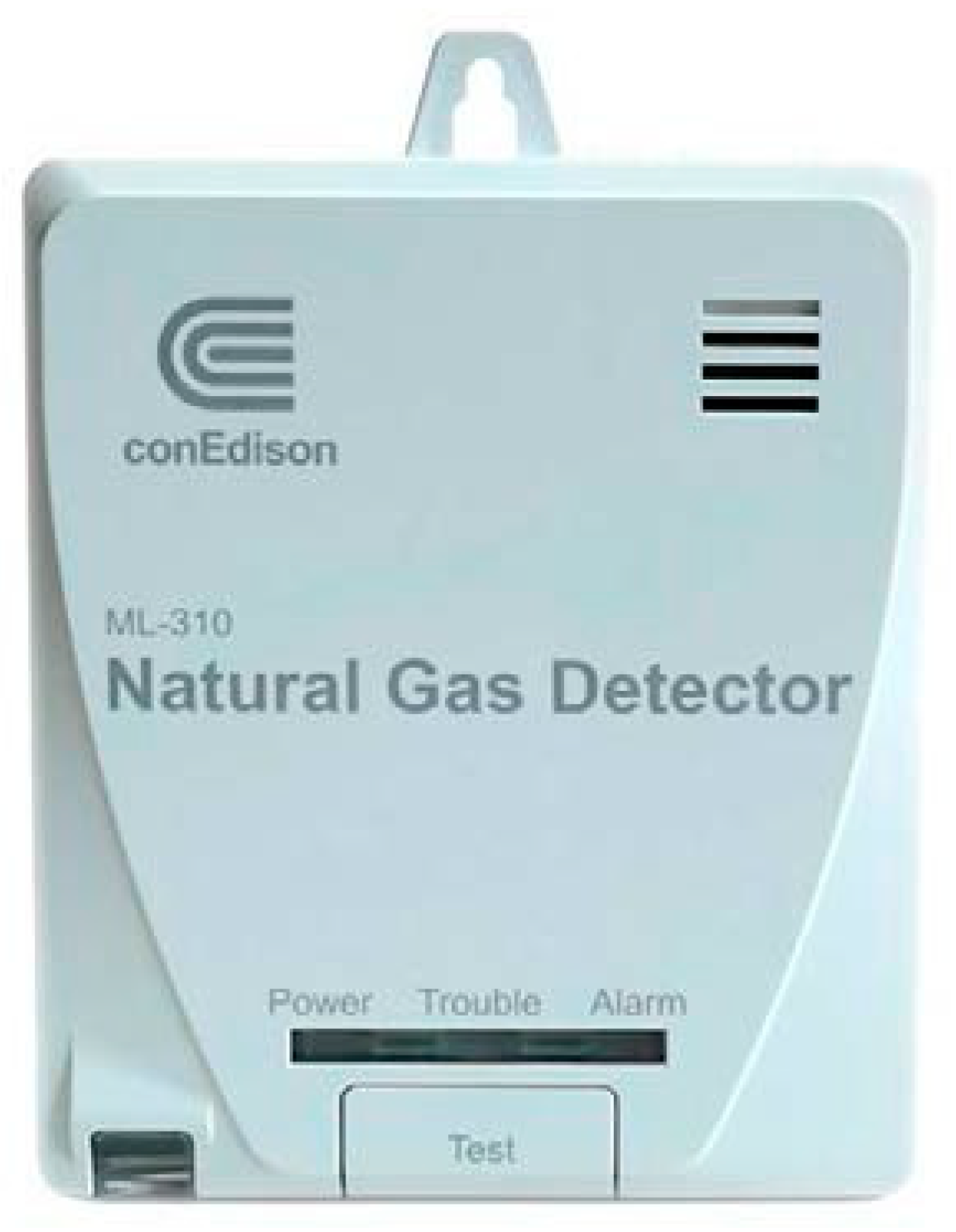Ultra-Low Power MEMS Gas Sensor Technology and Application †
- 5 year sensor life
- 5 year battery life
- GTI tested for nuisance alarm immunity
- UL1484 certified and FCC certified
- Alarms at methane concentration of 10% LEL
- Provides 85 dB audible alarm
- Communicates through wireless mesh network
- First of its kind device worldwide.


© 2019 by the author. Licensee MDPI, Basel, Switzerland. This article is an open access article distributed under the terms and conditions of the Creative Commons Attribution (CC BY) license (https://creativecommons.org/licenses/by/4.0/).
Share and Cite
Nishiue, Y. Ultra-Low Power MEMS Gas Sensor Technology and Application. Proceedings 2019, 14, 9. https://doi.org/10.3390/proceedings2019014009
Nishiue Y. Ultra-Low Power MEMS Gas Sensor Technology and Application. Proceedings. 2019; 14(1):9. https://doi.org/10.3390/proceedings2019014009
Chicago/Turabian StyleNishiue, Yoshinori. 2019. "Ultra-Low Power MEMS Gas Sensor Technology and Application" Proceedings 14, no. 1: 9. https://doi.org/10.3390/proceedings2019014009
APA StyleNishiue, Y. (2019). Ultra-Low Power MEMS Gas Sensor Technology and Application. Proceedings, 14(1), 9. https://doi.org/10.3390/proceedings2019014009



